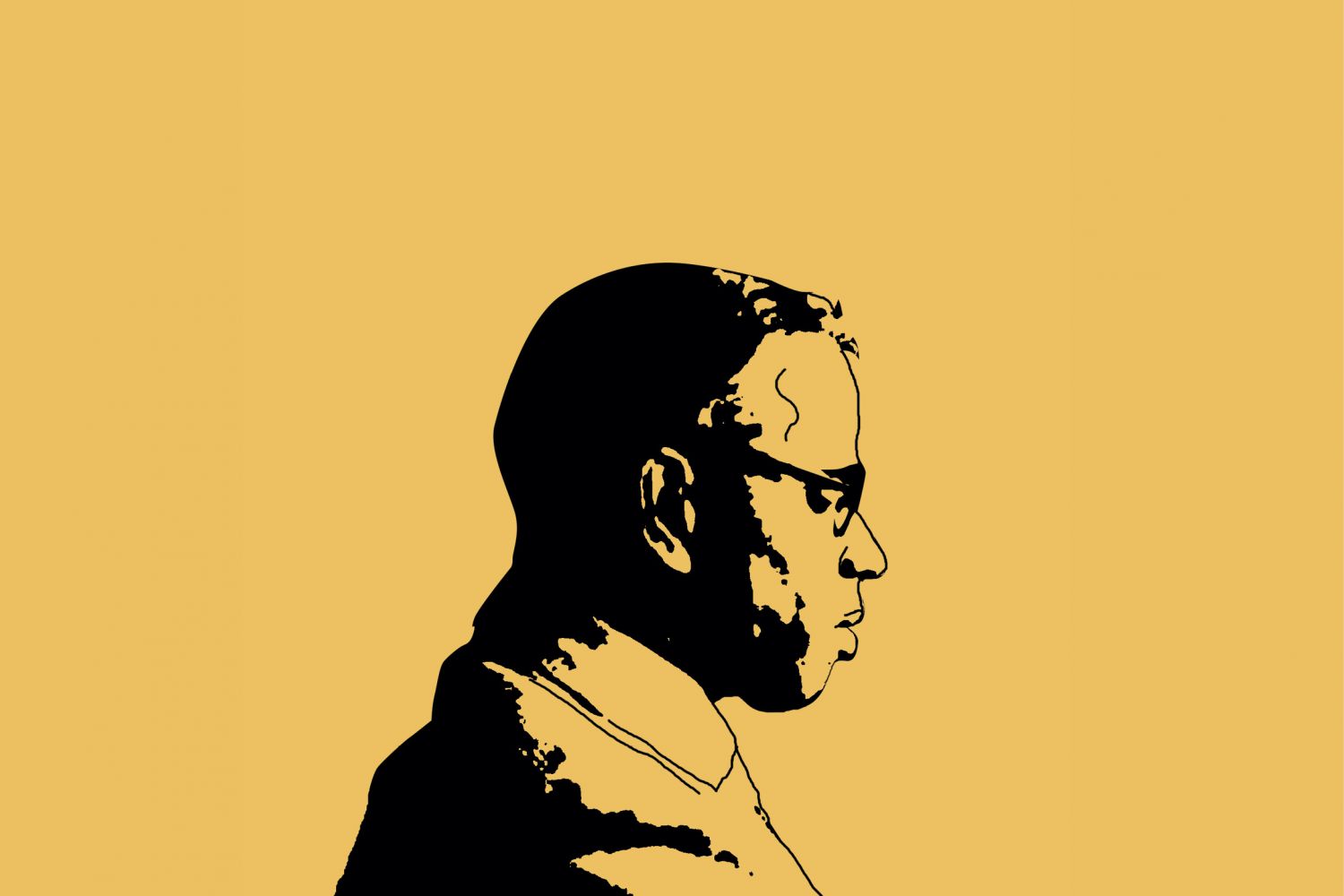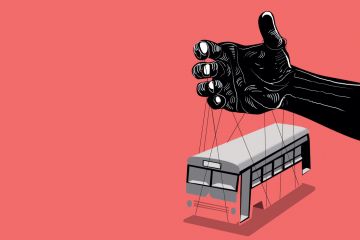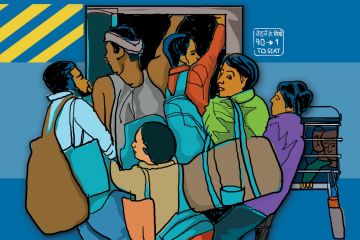
With his initial plans for an independent India in tatters, a desperate Viceroy, Lord Mountbatten, turned to his senior-most Indian civil servant, Vappala Pangunni Menon— or ‘VP’—giving him a single night to devise an alternative, coherent and workable plan for independence. Menon met his stringent deadline, presenting the Menon Plan, which would play midwife to India’s birth as a free nation.When I Got to Viceregal Lodge, Lady Mountbatten was there, in
the study, holding her husband�





